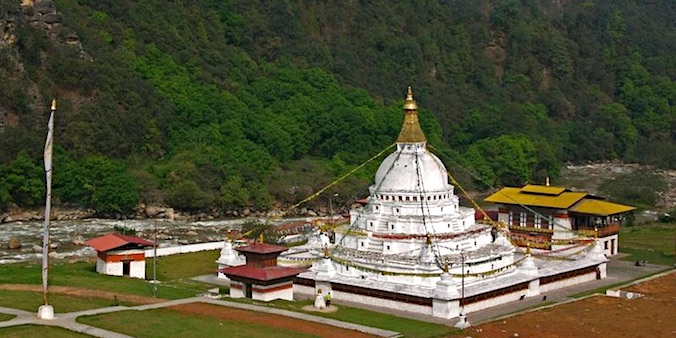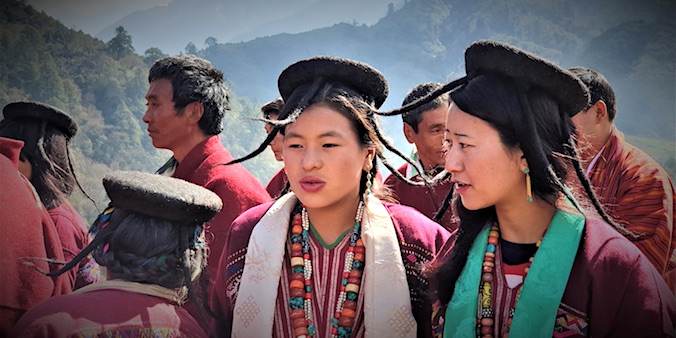East Bhutan
Tour - 17 days
East Bhutan
Tour - 17 days
About bHutan
Bhutan is not your average destination. And that’s the understatement of the century. For starters, it’s the only remaining Buddhist Himalayan kingdom, the only one that managed to escape assimilation by either China or India. Being only the size of Switzerland and having just over 700,000 inhabitants, that’s quite a feat in itself.
Bhutan is mainly known for its very original culture and nature. This is largely due to the centuries of isolation, but also to the deliberate policies of the present government and of the kings in the past. Until the seventies, hardly any foreigner ever had set foot in the secluded kingdom.
Read more…Read less…
HAPPINESS OVER WEALTH
However, in 1972, at the occasion of the crowning of king Jigmed Singye Wangchuk, many foreign guests were invited to Bhutan. Having studied in the U.K., the future king obviously saw it coming that especially the western guests would observe a discrepancy between their own standard of living and that of the Bhutanese. In his opinion, the Bhutanese were not poor, but merely lacking in some amenities and products available in the West, most of them non-essential. Otherwise, the Bhutanese were actually quite well off, he felt. Almost all of them had a beautiful, spacious farmhouse, more than enough forests, arable land and animals to be fully self-sufficient in terms of heating, construction and nourishment. And, most importantly, a culturally defined sense of identity, belonging and security that made most of them very content and happy beings. The king had observed otherwise in the west.
In order to explain this to his foreign guests, he coined the term ‘gross national happiness,’ a clever term obviously meant to be juxtaposed with what seemed to be the aim of most governments, a high gross national product. The rest is history, one could say. These days, all over the world, conferences and workshops are being held on happiness and, more in general, on how to develop and emphasize those qualities of life that can not be measured in dollars or euros.
Bhutan does not claim that its inhabitants are the happiest in the world, but it does place overall happiness above wealth. These days, GNH, as it is generally referred to, is the formal pillar and yardstick of all government policies. After the king abdicated his powers in favor of a democratically elected government, Bhutan has seen four governments. All of them have continued to place GNH above anything else.
As a result, Bhutan has protected its culture – largely defined by Buddhist beliefs – but also its forests, mountains, rivers and wildlife much better than any other country in Asia. Key to all this is a reliable, non-corrupt government, which itself is one of the four pillars of GNH and, frankly, quite the exception in the region.
On your trip through Bhutan you will see numerous temples, monasteries and dzongs (monastery castles), better preserved and more lavishly decorated than anywhere else in the ‘Tibetan’ realm. Not less impressive, if alone because of their rustic beauty, are the many traditional houses, as well as meeting the friendly, warm-hearted people who embrace their culture as a precious heritage.
Read more…Read less…
Bhutan is also extremely mountainous and rich in nature, especially forest – in fact, it is the most wooded country in Asia. The southern border consists of hills and low mountains with dense jungle where elephants and tigers roam, and people live in bamboo houses surrounded by rice fields. But in the central highlands, at an altitude of 1500 – 2500m, people live in small enclaves of farms reminiscent of Swiss chalets, surrounded by endless coniferous forests. Travelling through this area (and when you fly over it) you will occasionally catch a glimpse of the northern and highest parts, where the semi-nomadic yak shepherds live and which are bordered by glacier-covered Himalayan peaks. The only way to see all this up-close is to set out on a seven-day (or more) camping trek.
Region
Butan
Best Time
March - April & Oct. - Nov.
No. Of Days
17 days
Trip Character
Jeep tour with walks
Sleeping Altitude
175 - 2580 m
Price
INR XXX/ $ XXX
ABOUT THIS TOUR
On this unique tour you visit Central and East Bhutan. Central Bhutan has some of the most enigmatic temples and dzongs of Bhutan, such as the 8th century Jambey Lhakhang in Bumthang. East Bhutan is the least visited part of the country. Not many people make it this far as most visitors fly in to Paro in the west of the country. But by accessing Bhutan from Guwahati in Assam (India), located due south of the mid-eastern part of Bhutan, you save a lot of time and money as compared with entering at Paro.
Read more…Read less…
You enter Bhutan at the small border town of Gelephu, situated at 220m and surrounded by pristine subtropical forests. From here, you travel up through the Black Mountains to Trongsa, situated on the main west-east running ‘highway.’ This road doesn’t see much foreigners and you can expect the locals to be as interested in you as you are in them. The road runs between two national parks, Jigme Singye Wangchuk N.P. and Royal Manas N.P. Both are teeming with wildlife and birds. You’ll spend one full day at the small town of Tingtibi, exploring the forests and looking for birds.
At Trongsa you’ll see your first real dzong (monastery-burrough) and quite a spectacular one at that. Traveling east to Bumthang, you’ll pass some of the most picturesque villages of Bhutan. In Bumthang you’ll have two full days to explore this wonderland of beautiful valleys and fairy-tale temples. If your timing is right, you can attend one of the many Buddhist festivals that are held here.
Then you’ll enter East Bhutan, driving winding roads over mountain slopes covered in thick, orchid-laden forests and sprinkled with small temples and tiny hamlets of farmsteads. Highlights here will be the small towns of Trashigang and Trashiyangtse, both ancient stop-overs on caravans moving to and from Tibet. Further east still, you’ll meet the semi-nomadic people of Merak as we explore Sakteng Wildlife Reserve. From Trashigang you’ll ‘drop down’ to the plains again, exiting the country at Samdrup Jongkhar. Guwahati is only three hours drive from here.
As on most of our tours, you will have the opportunity to do day walks that allow you to reach places where jeep tourists can’t go, such as isolated villages and small remote monasteries. These walks are never ‘compulsory’, there is always an alternative programme.
And, if possible, you’ll witness a tsechu, a traditional Buddhist festival. Just give us your preferred travel dates and we’ll try to fit one in.
YOUR custom-made TRIP
The tour described here, as well as the other ones on our website, are mainly meant as suggestions. We would be happy to offer you a travel proposal that fully meets your personal demands and expectations. That means that you choose where you want to go, what level of accommodation and type of transport you want and what activities you prefer.
Please let yourself be inspired by this and other trips on our website and then drop us a line (or call us) to explain your travel wishes. We will be happy to help you put together the perfect trip. You can reach us over e-mail, Messenger, Whatsapp or mobile phone.
EXTENSIONS & VARIATIONS
Apart from the tour as described here, you could consider the following add-ons and changes:
- Spend another day in Trongsa, enjoying this quaint little town.
- Do a short trek which takes you of the beaten track, along time-warped villages and high yak pastures. For instance a two-day trek in Bumthang, from Jakar to Tang and over de Phephe La (pass) to Nang Lhakhang.
- Spend a few days in Assam, for instance in Kaziranga National Park with its spectacular wildlife, or on Majuli Island, with its unique vaishnavite Hindu monasteries.
ITINERARY
-
.fa-info {color: #1146a9;}.fa-info:hover {color: #387dff;}Day 1: Delhi / Kolkata ✈︎ Guwahati (flight 2.5 h)
At Guwahati Airport our guide and driver will welcome you. Depending on the time of arrival, they will take you for a sight seeing of Guwahati, or to a restaurant for lunch. Altitude 65m. -
Day 2: Guwahati - Gelephu (6 - 7 h)
Early morning, you leave Guwahati. First traveling west over a good highway, then north over a particularly bad road amidst tea plantations. Immediately after crossing the border and entering entering Gelephu, you will notice a distinctly different atmosphere. The people, the buildings, sreet life, its' all different. Altitude 65 → 220m. -
Day 3: Gelephu Tingtibi (4 - 5 h)
You ascend into the foot hills of the Himalayas. You will regularly get beautiful views of the lowlands of Assam. You will pass beautiful forests, where among others the rare golden langurs live, this is a monkey species that only occurs in Bhutan and Assam. Altitude 220 → 550m. -
Day 4: At Tingtibi
The day will be spent on walks in and around Tingtibi. This is a world-renowned hotspot for bird watching, so bring your binocs. Altitude 550m. -
Day 5: Tingtibi - Trongsa (5 - 6 h)
Gradually climbing up into the Black Mountains, a beautiful area of subtropical and warm-temperature forests, you reach Trongsa, a small cross road town on the east-west running national highway with a remarkable, elongated dzong (monastery-burrough). Altitude 550 → 2120m. -
Day 6: Trongsa - Bumthang (3 h)
Today is a beautiful ride again. Passing the Chumi Valley, you’ll see many quaint traditional villages and small temples. We’ll take our time here, reaching Bumthang late afternoon. Altitude 2120 → 2580m. -
Day 7: In Bumthang
In terms of Buddhist cultural heritage, there is no place like Bumthang. In consultation with the guide you can decide which ones of the many temples you want to visit. Today we'll focus on the Choskor Valley. Altitude 2580m. . -
Day 8: In Bumthang
Today can be spent visiting the much remoter Tang Valley, about 2 h drive from Jakar. Altitude 2580m. -
Day 9: Bumthang - Mongar (6 - 7 h)
Today is a beautiful and spectacular ride. The road, partly carved into vertical cliffs, switchbacks up to the Thrumshing La (3600m). This area is a protected national park for Bengal tigers. Ura is a beautiful village on the way. Altitude 2580 → 3600 → 1600m. -
Day 10: Mongar - Khoma (3.5 h)
Today you’ll venture into a north-running valley that gives access to the isolated little town of Lhuentse. You’ll spend the night at a homestay in the village of Khoma. Here, you can admire the exquisite Kishuthara weaving. Altitude 1620 → 1350m. -
Day 11: Khoma - Trashigang (6 h)
In the morning we’ll visit Lhuentse Dzong and the quaint little village of Dungkar, north of Lhuentse. This is the birthplace of Bhutan’s first king. We’ll return to the ‘highway’ and continue east to Trashigang, passing the 2300m high Kori La pass. Altitude 1350 → 2300 → 1150m. -
Day 12: In Trashigang
The magnificent dzong is probably your first destination today. A dzong is a uniquely Bhutanese and Tibetan phenoma. It is a monastery, district administration office and (in the past) military fort at once. The small, picturesque town center consists of almost circular front of houses, built around a small square with a large prayer wheel. Just an hour’s drive from town is the interesting little temple of Gomphu Kora. On March 21-23 a Buddhist festival is held here. Altitude 1200m. -
Day 13: Trashigang - Trashiyangtse (2 h)
Today you drive to the small town of Tashiyangtse, north of Trashigang. This is probably one of the least visited places in Bhutan that can be reached by car. On the way you pass the special picturesque temple of Gom Kora (or Gomphu Kora). On March 21-23 a Buddhist festival is held here. Altitude 1150 → 1760m. -
Day 14: Trashiyangtse - Rangjung (3 h)
In the morning we’ll explore the quaint town of Tashiyangtse and the large stupa (chorten) of Chorten Kora (another festival is held here on Feb. 27 and March 13). After returning to Trashigang, we continue east towards Rangjung, where we’lll stay in a simple monastery guesthouse. Altitude 1760 → 1120m. -
Day 15: Rangjung - Merak - Rangjung (4 h)
Driving south, we’ll reach Merak in Sakteng Wildlife Sanctuary. Near this picturesque village, home to semi-nomadic Drokpa, we’ll take a long walk. Altitude 1120 → 3520 → 1120m. -
Day 16: Rangjung - Samdrup Jongkhar (7 h)
Passing Trashigang, we’ll descend to the border town of Samdrup Jongkhar. Altitude 1120 → 175m. -
Day 17: Samdrup Jongkhar - Guwahati ✈︎ Kolkata / Delhi (drive 3.5 h, flight 2.5 h)
After crossing the Brahmaputra Floodplain again, we reach Guwahati, were you can board the flight back to Delhi or Kolkata. If you have asked us to arrange accommodation and transfers in Delhi you will be picked up from the airport by our driver. Altitude 175 → 65m.
HIGHLIGHTS OF THIS TOUR
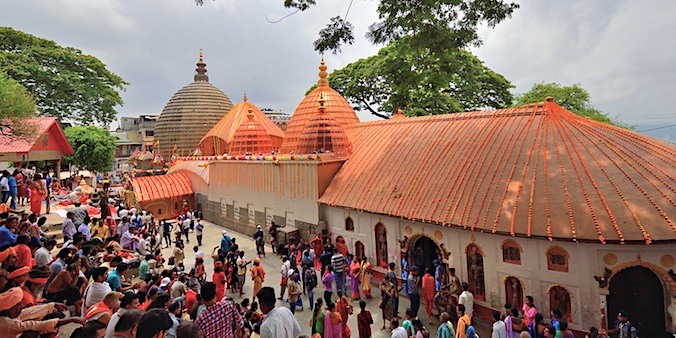
Guwahati
Assam
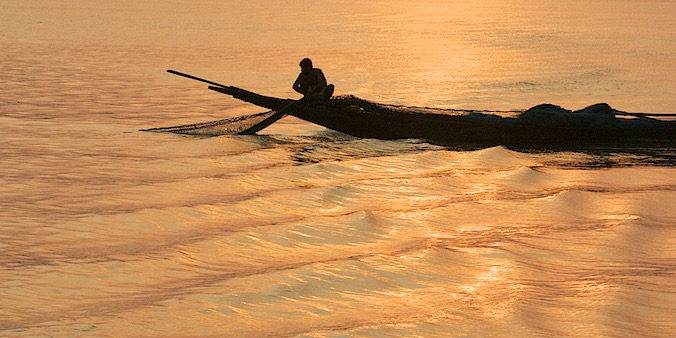
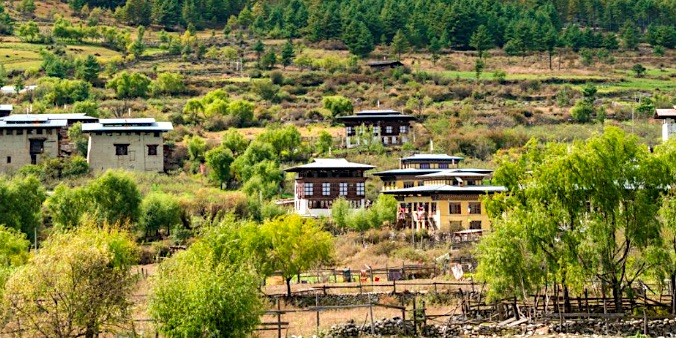
Gelephu
Gelephu is one of the three Bhutanese bordertowns where foreigners can enter or exit the country. Bordering Assam, it is low-lying, in a warm, fertile region with quite a lot of rainfall. Although it has only about 10.000 inhabitants, it even boasts a small airport (only for domestic use, no international arrivals). Gelephu is also the gateway to Royal Manas National Park, for those coming from India. Those who do so, will have their first glimpses of Bhutan in Gelephu. Although it does not have the majestic dzongs and large temples that are considered the highlights of West and Central Bhutan, entering Gelephu from India will definitely be like entering a different world. The quaint semi-traditional houses, the quiet and well-behaved traffic, the soft-spoken people, many of whom still prefer the traditional gho and kira – it all adds up to a distinct Bhutanese look and feel.
Birding at Tingtibi
The avifauna of the area around Tingtibi is extremely rich. It includes barred cuckoo-dove, nine species of cuckoos, chestnut-breasted partridges, pin-tailed green pigeons, red-headed trogon, rufous-neked hornbill, white-browed piculet, bay woodpecker, lesser shortwing, blyth’s kingfisher, blue-bearded bee-eater, white-tailed robin, fulvettas and yuhinas, grey-headed parrotbill, rufous-faced warbler, pygmy blue flycatcher, sultan tit, several scimitar-babblers, black-faced laughing thrush and other thrushes. You may also be lucky enough to spot the beautiful nuthatch, white-bellied heron, collared treepie and lesser rufous-headed parrotbill, maybe even the extremely rare Siberian ruby-throat.
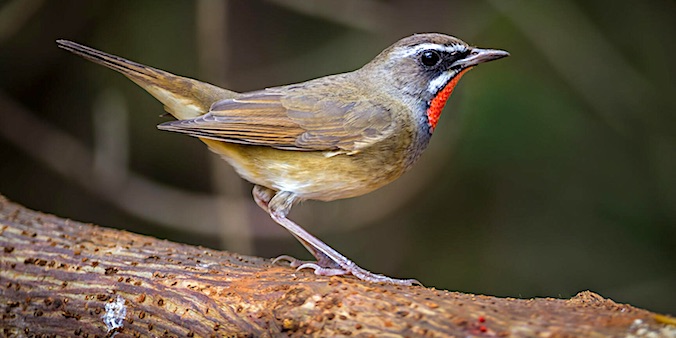
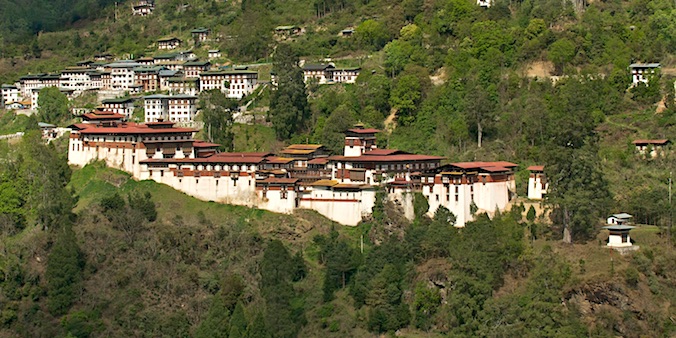
Trongsa Dzong
Bumthang
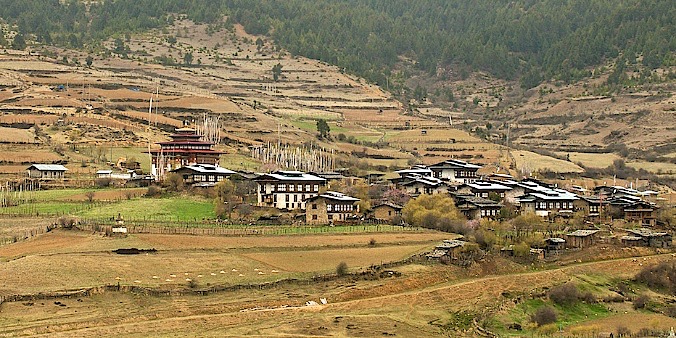
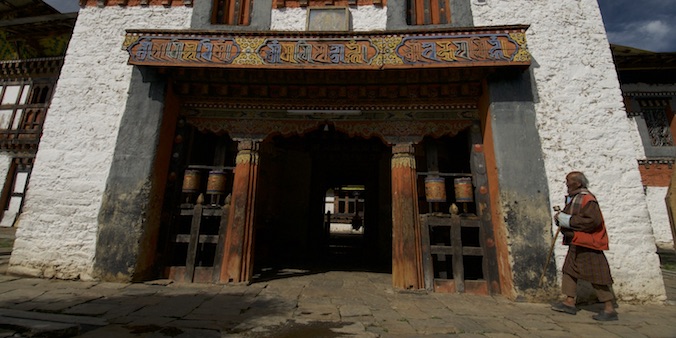
Temples of Bumthang
From your lodge in Jakar you can visit several beautiful temples on foot. Jambey Lhakhang is one of the oldest and most atmospheric temples in Bhutan. This temple, dating back to 659, was part of the project of the then Tibetan king to build 108 temples in order to nail down a giant demones that threatened the entire Tibetan cultural sphere. The main inner temple is dedicated to the Buddha of the future. It has three steps, the first one, representing the past, has already sunk into the ground, the second (present) is at floor level. When the third, raised one (the future) will have sunken into the ground the end of times will be there… At the Kurjey Lhakhang a wonderful print of Padmasambhava’s body can be seen. You cross the river via a suspension bridge to Tamshing Goemba (monastery) with its beautiful 17th century murals.
Tang Valley
The Tang Valley is an hour or two drive from Jakar. The main attraction here is the Ugyen Chholing Palace, a small ‘palace’ once inhabited by a local noble family. They lived mainly from the trade in all kinds of products with Tibet, in exchange for salt. The palace is now a museum where all kinds of interesting artifacts from ancient Bhutan can be seen. One of the owners of this heritage, Mrs. Kunzang Choden, still lives there. She is a well-known author of children’s books and an entertaining storyteller. Also interesting here, is the little Tang Rimochen Lakhang, founded by Pema Lingpa in the fourteenth century. The word tang or tan means tiger and refers to the orange ‘tiger stripes’ that can be seen on the rocks behind the temple. This also gives the whole valley its name.
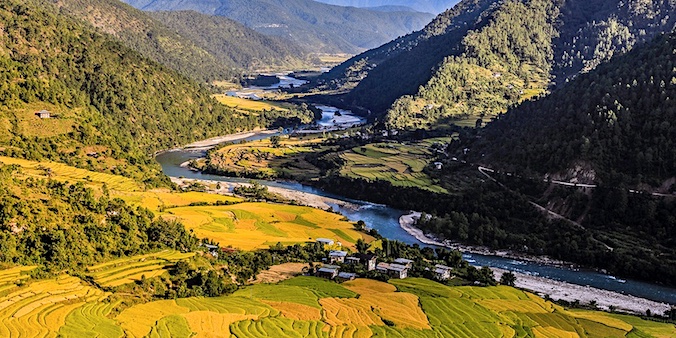

Road BUMTHANG - MONGAR
Birding at YongKola
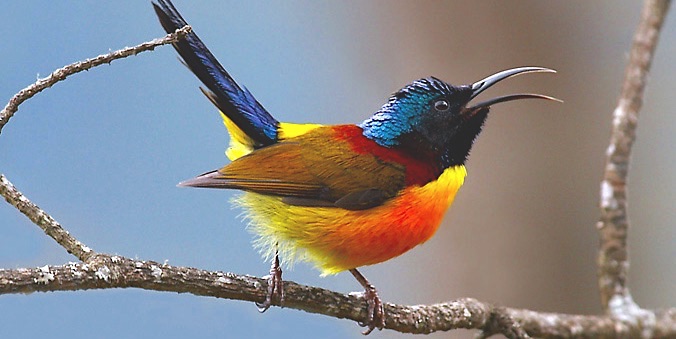
LHUENTSE
Lhuentse is one of the most northerly places you can visit by car in Bhutan. The drive to Lhuentse in itself is enough reason to visit this ‘outpos.t’ You pass pleasant villages like Autsho (good for a coffee stop) and Tangmachu, with an over 40m high statue of Guru Rimpoche (Padmasabhava). Lhuentse itself is dominated by the robust looking dzong. The best view of this is from the Royal Guesthouse (where the king stays when he visits Lhuentse). It is not often visited by tourists, so expect to be gazed at by the young monks. Two hours drive north of Lhuentse you can visit the town of Dungkhar, a quaint rural village situated against a backdrop of towering mountains. Here, you’ll find the ancestral home of the present Wangchuk dynasty. Closer to Lhuentse, in the village of Khoma, you can admire the (within Bhutan) renowned Kisuthara textiles. See next highlight.
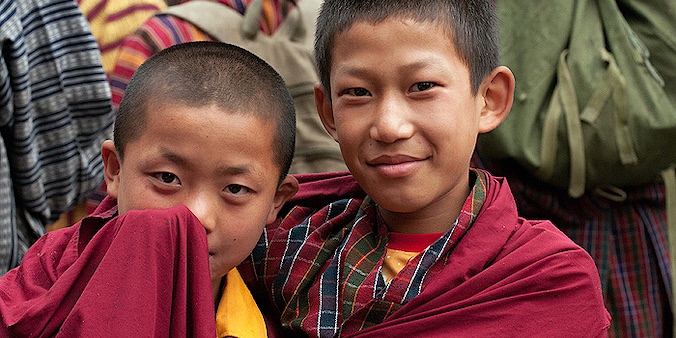
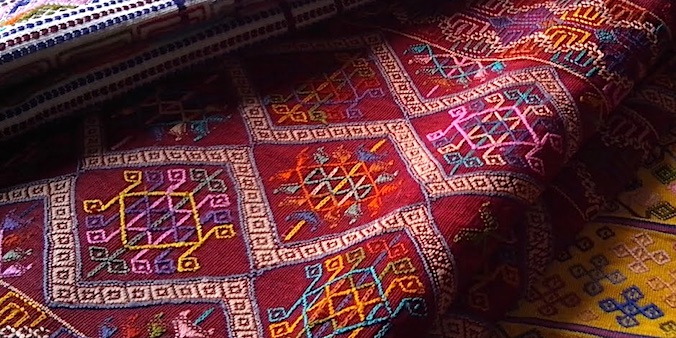
KHISUTHARA WEAVING
In Bhutan, every region has its own weaving specialty. Lhuentse, in particular the village of Khoma, is known for its kisuthara (or kishuthara). This fabric is used for the wrap-around skirt of the Bhutanese women, the kira. Kisuthara is an extremely intricate and colourfully patterned, relatively thick silk textile. The women of Khoma generally work together in makeshift textile cottages. All kisuthara pieces are individually hand woven and a single piece of kishuthara takes about 8 – 12 months to weave by a single weaver.
Eastern Bhutan
The east of Bhutan is three days driving away from Thimphu and Paro. That relative isolation reflects itself in an almost exclusive agricultural and largely self-sufficient society, where people live in small hamlets in traditional (wood, mud and rocks) houses. Even the roofing of wood shingles, which would be quite common in Bhutan till about two decennia ago, can still be seen in many places here.
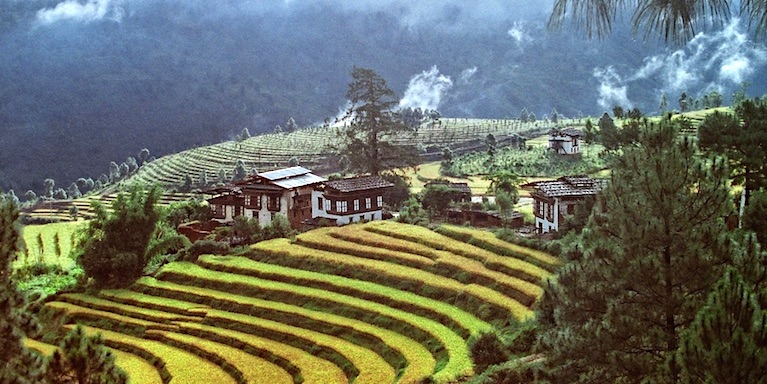
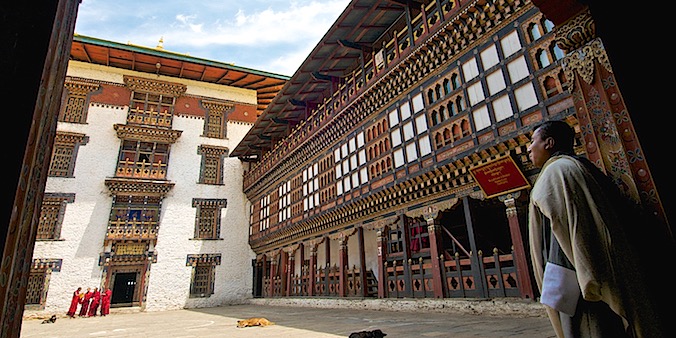
Trashigang
Gom Kora & Gom Kora Tsechu
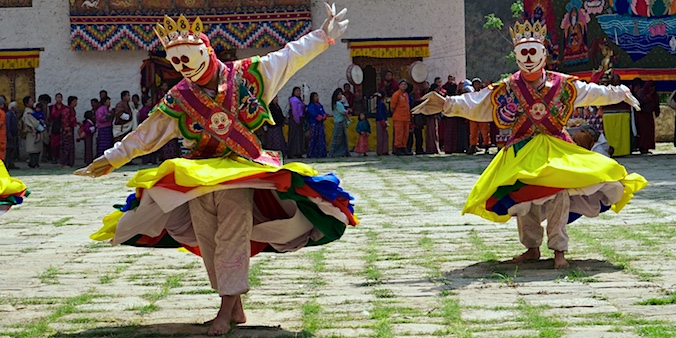
TrashiYANGTSE
